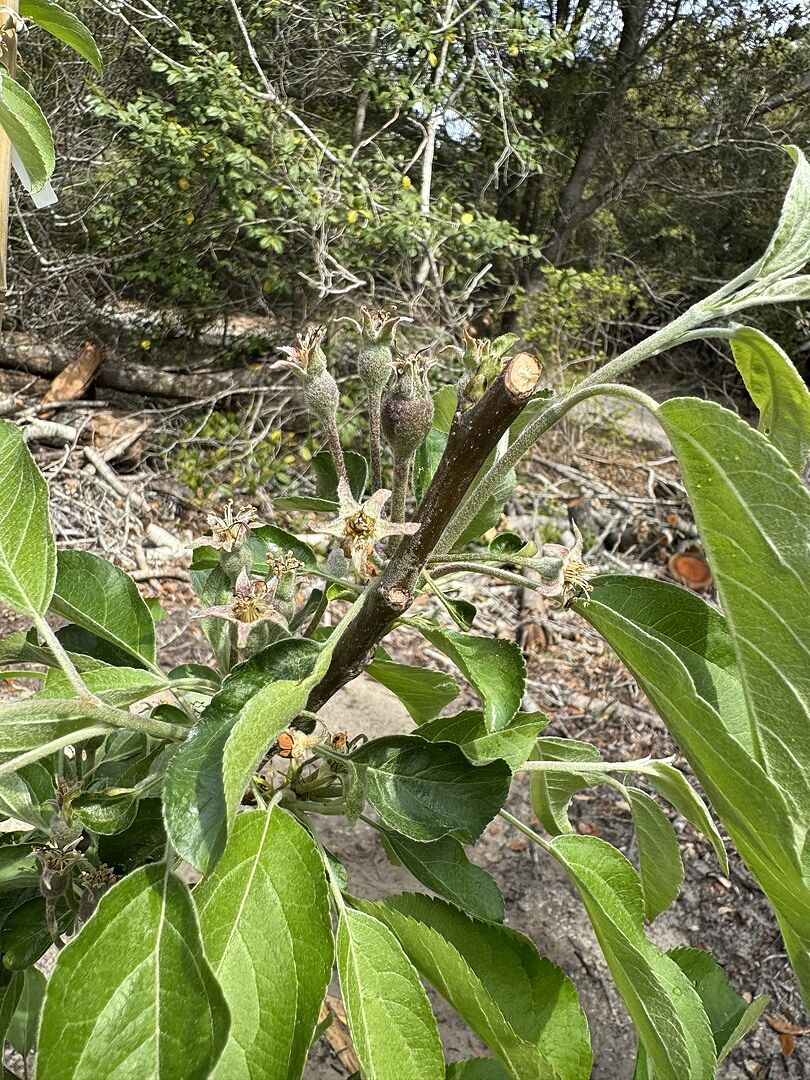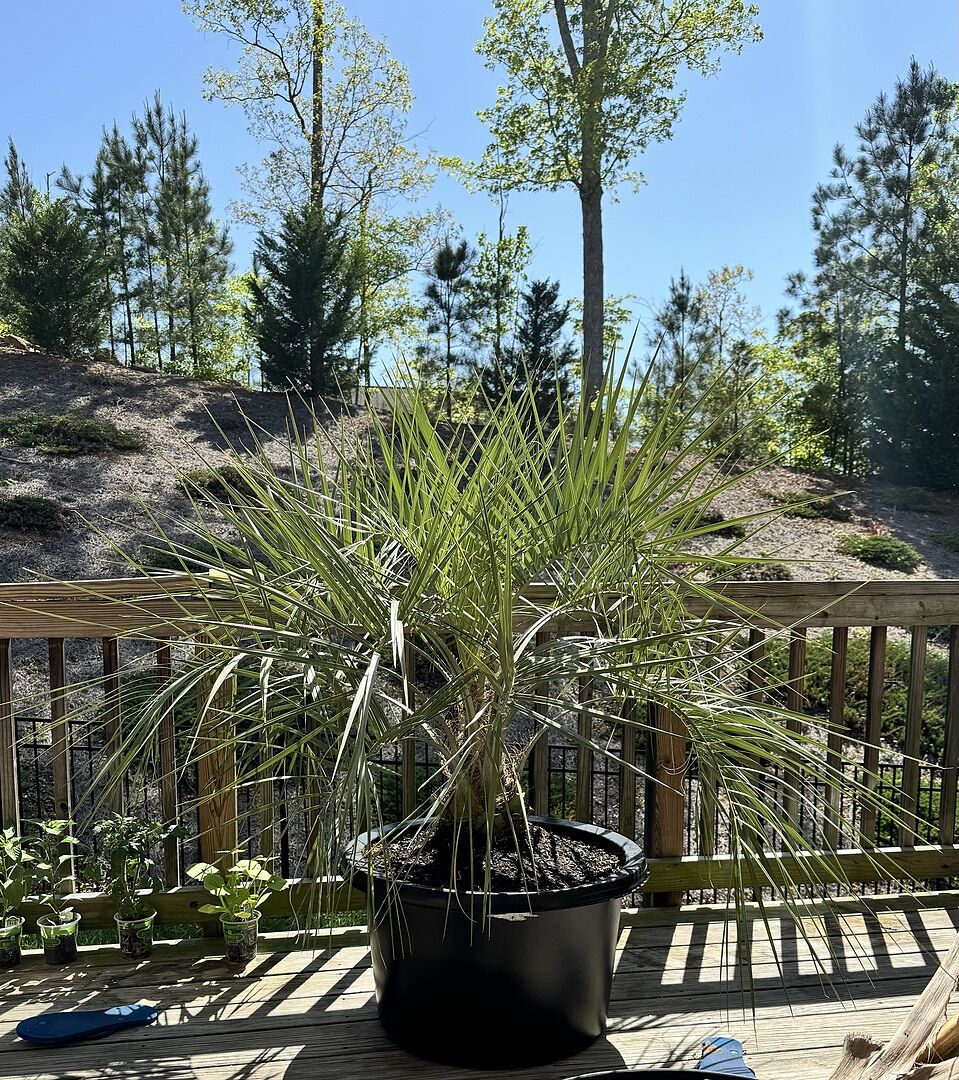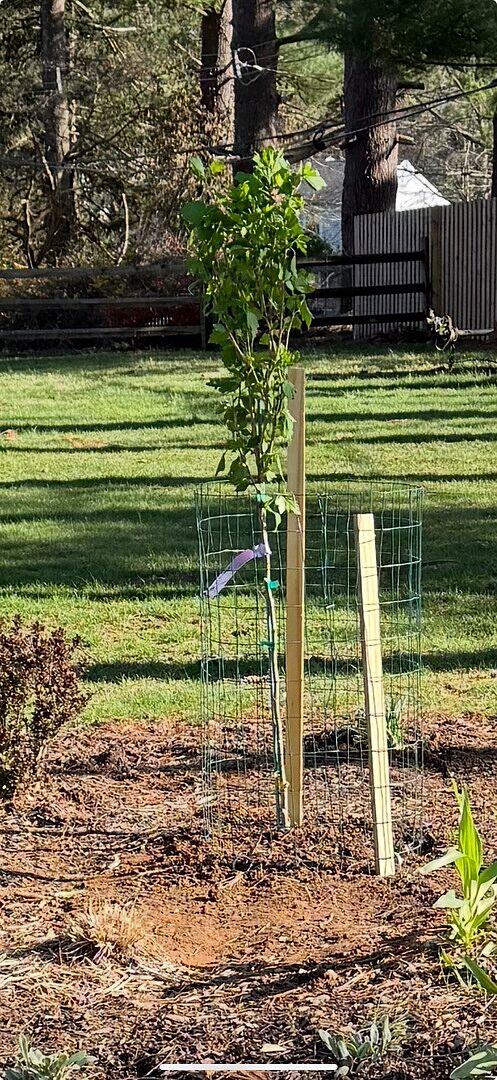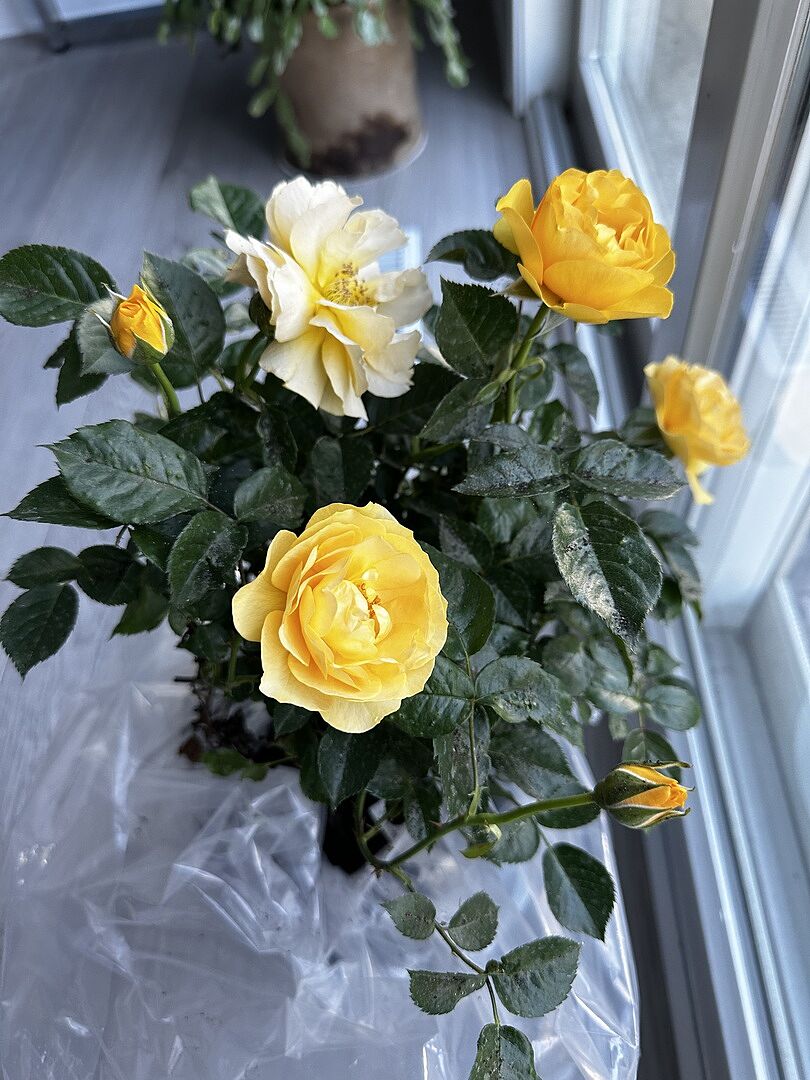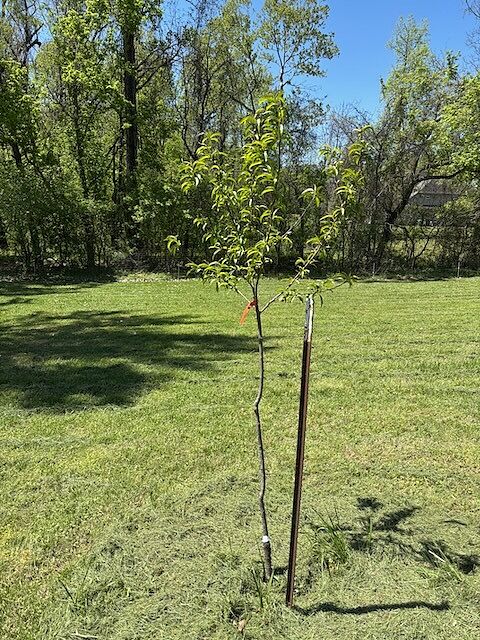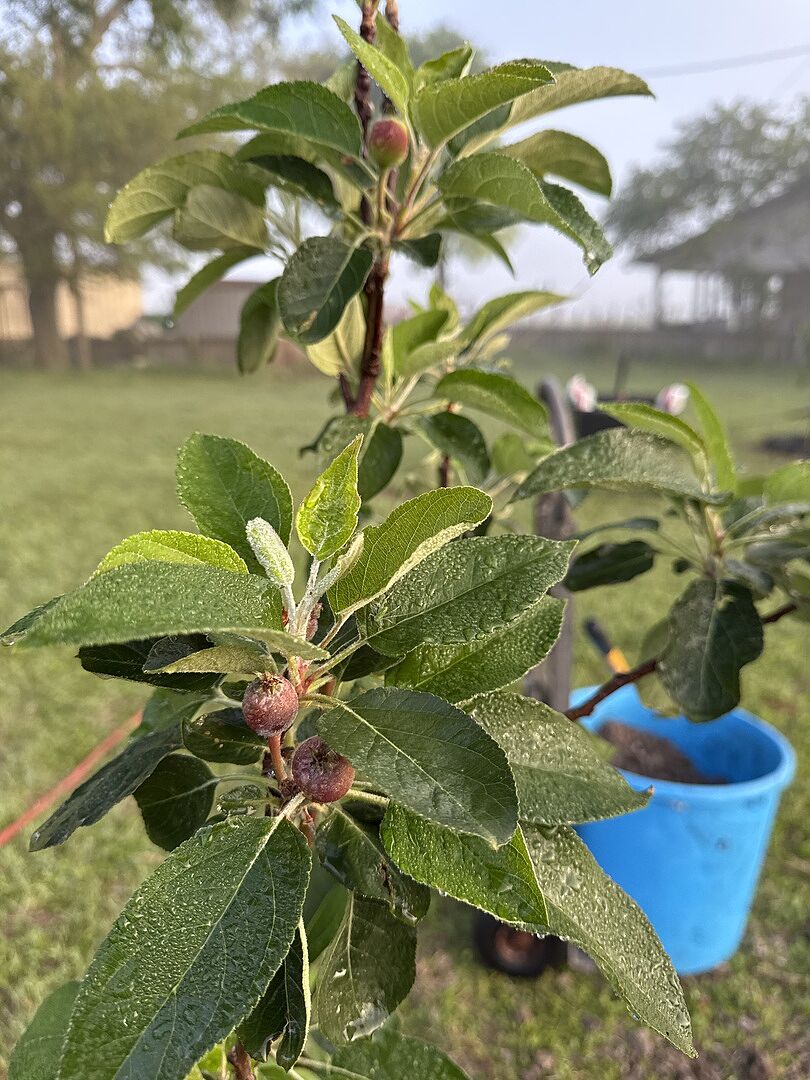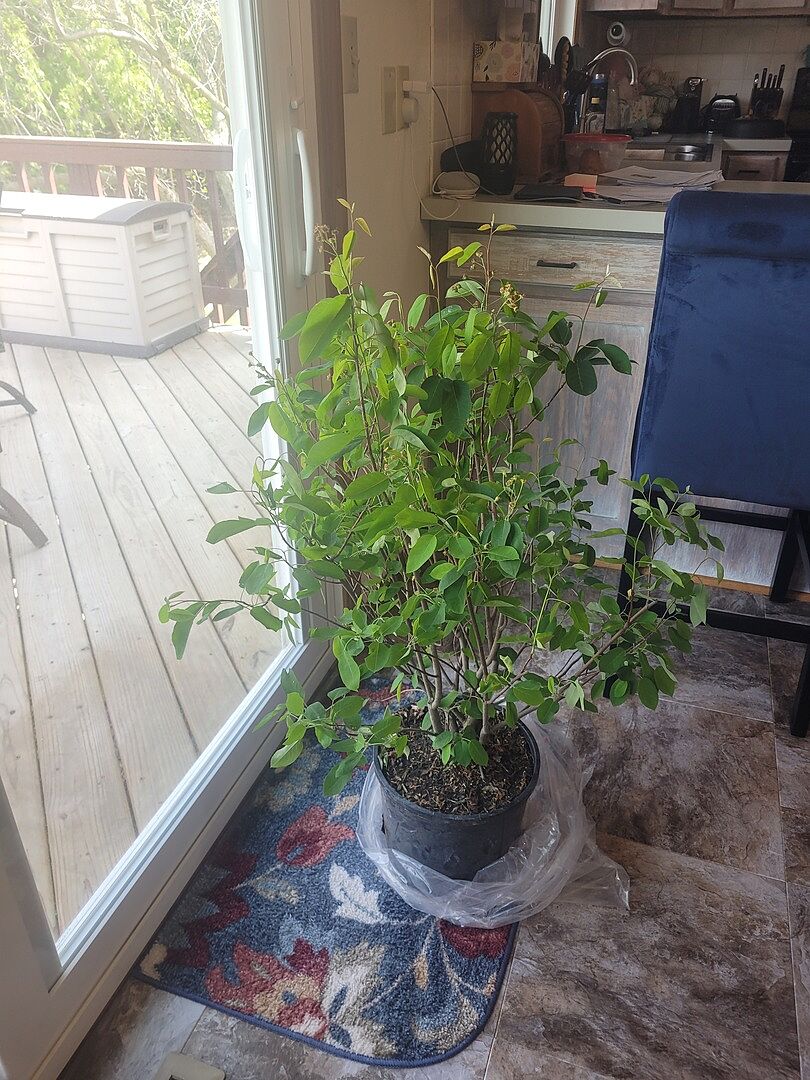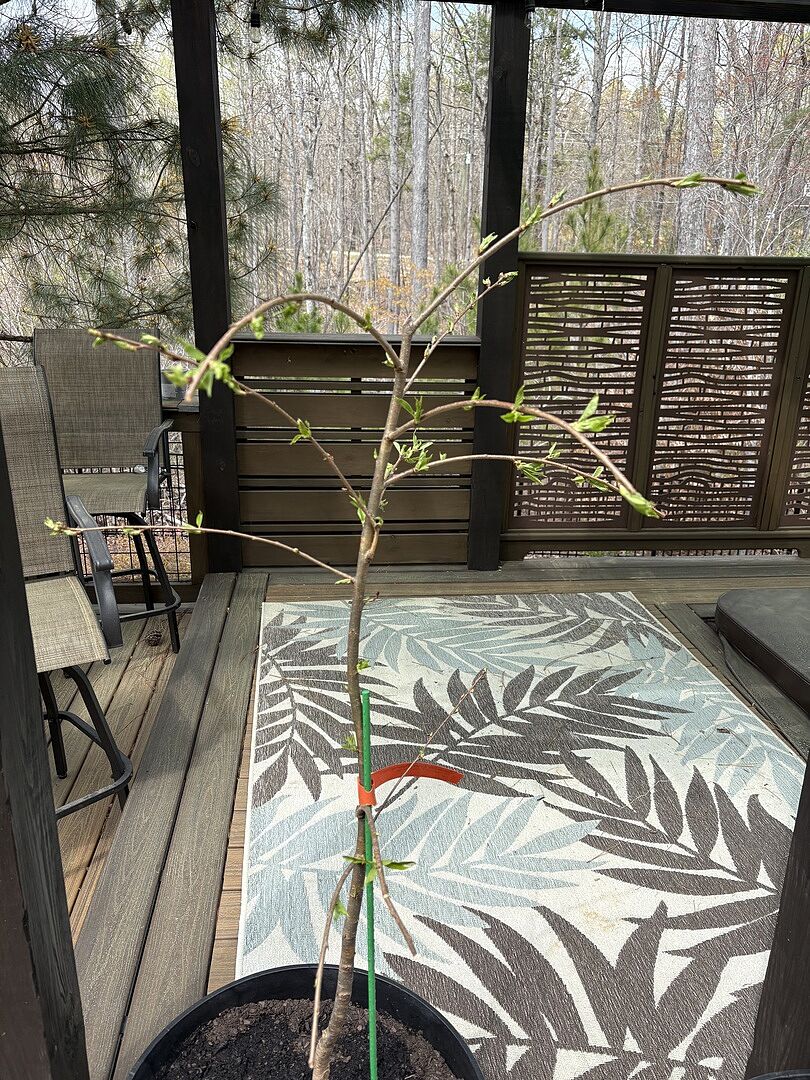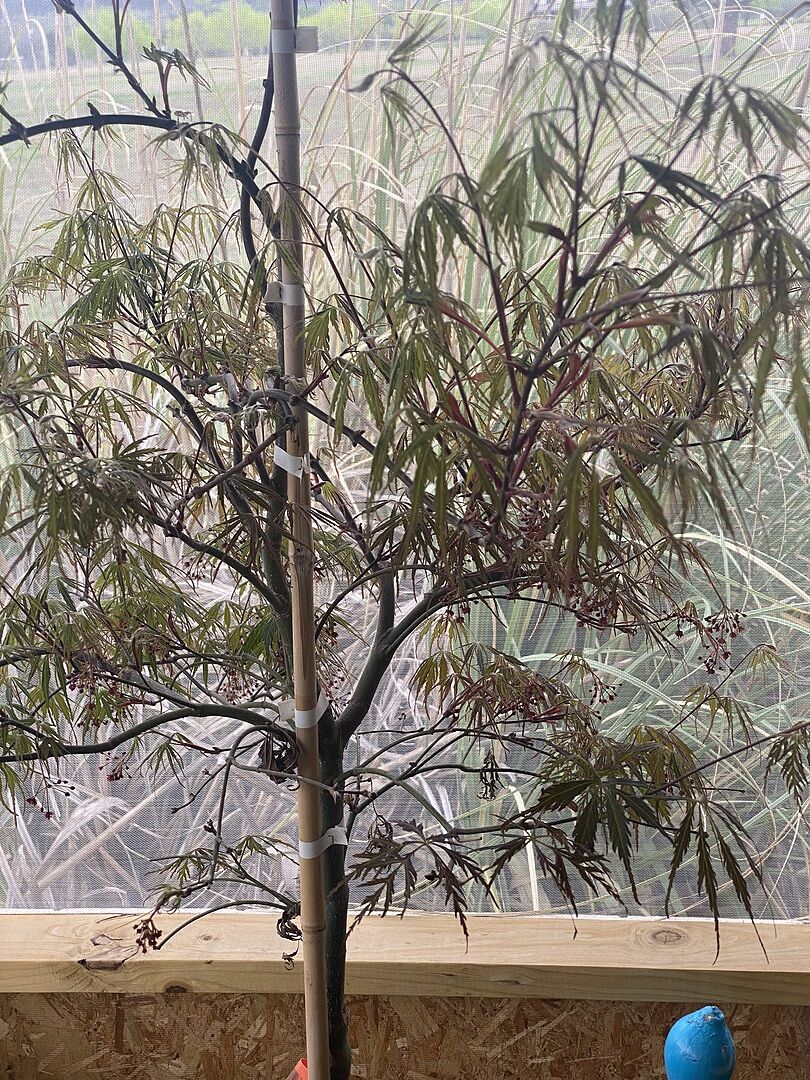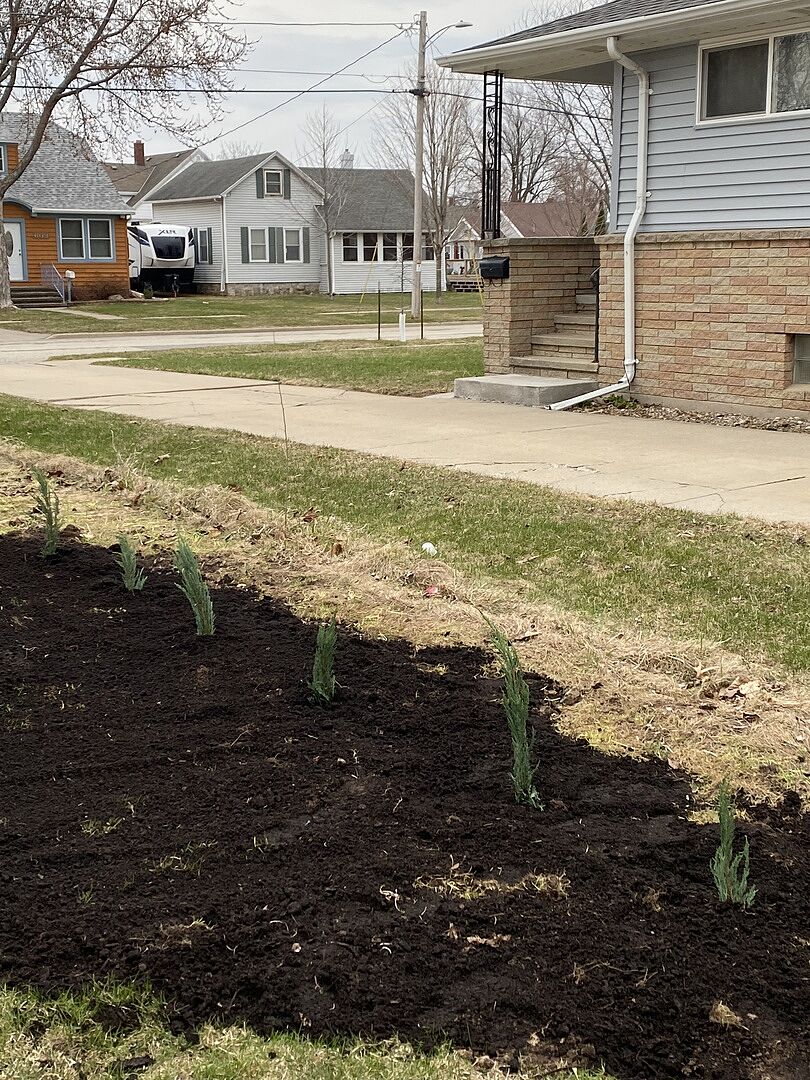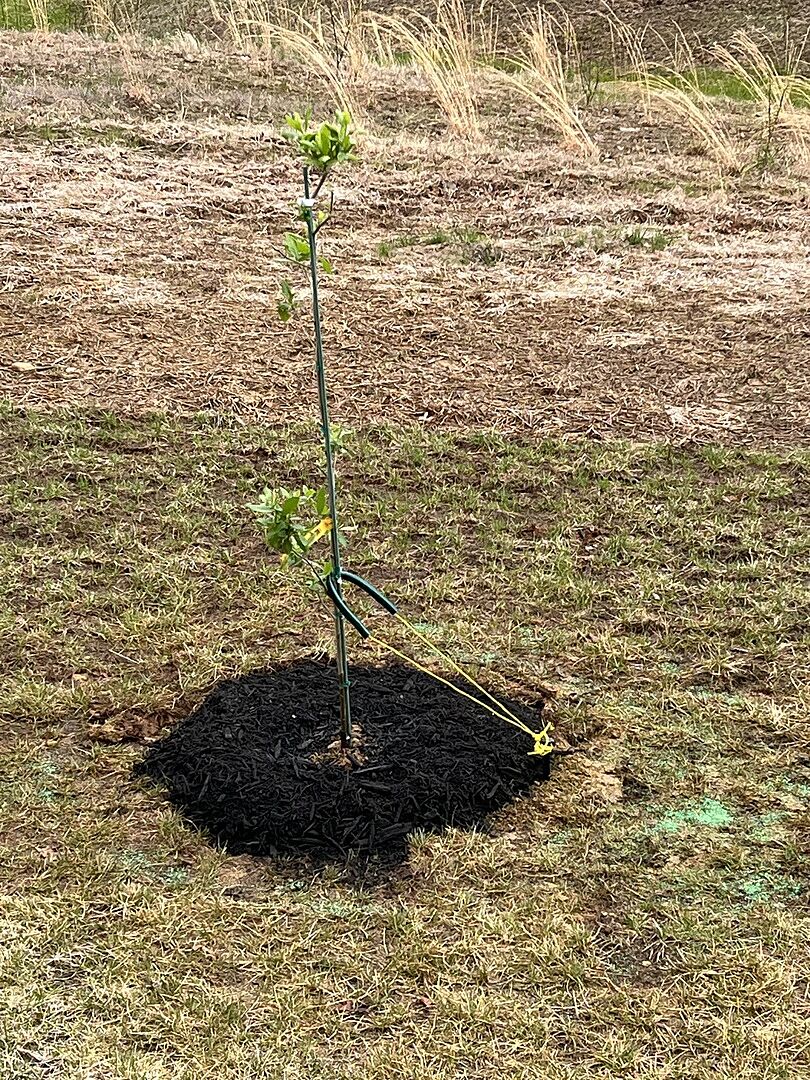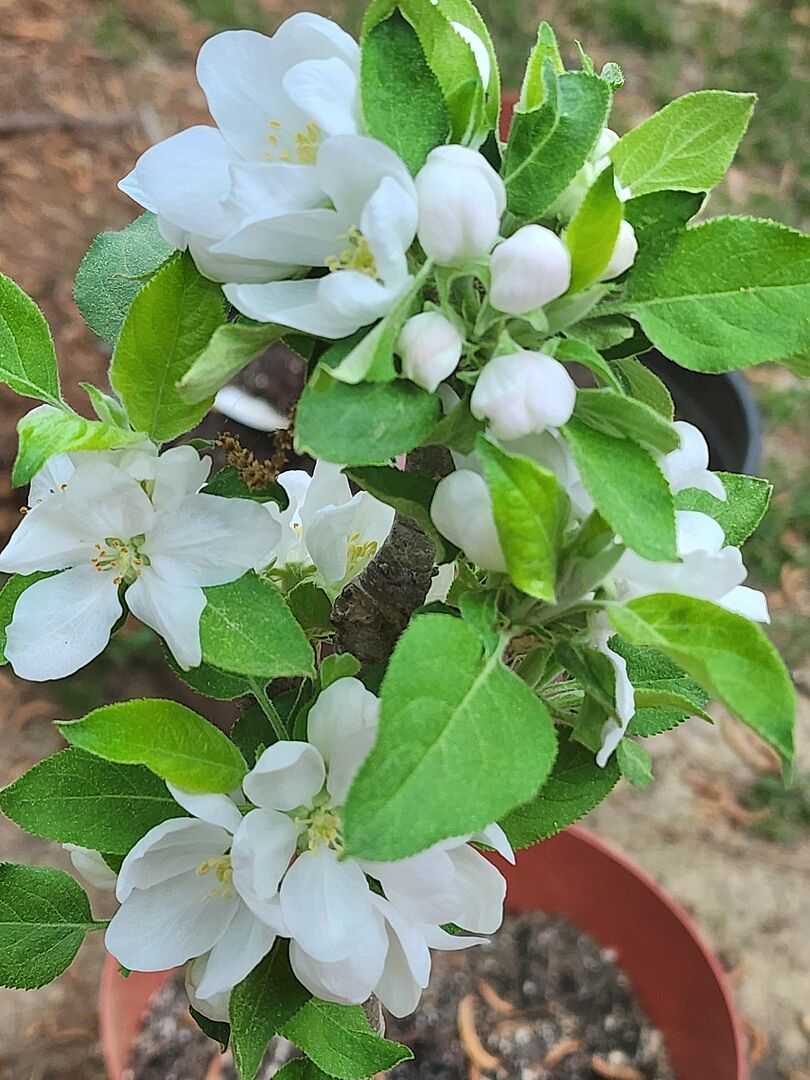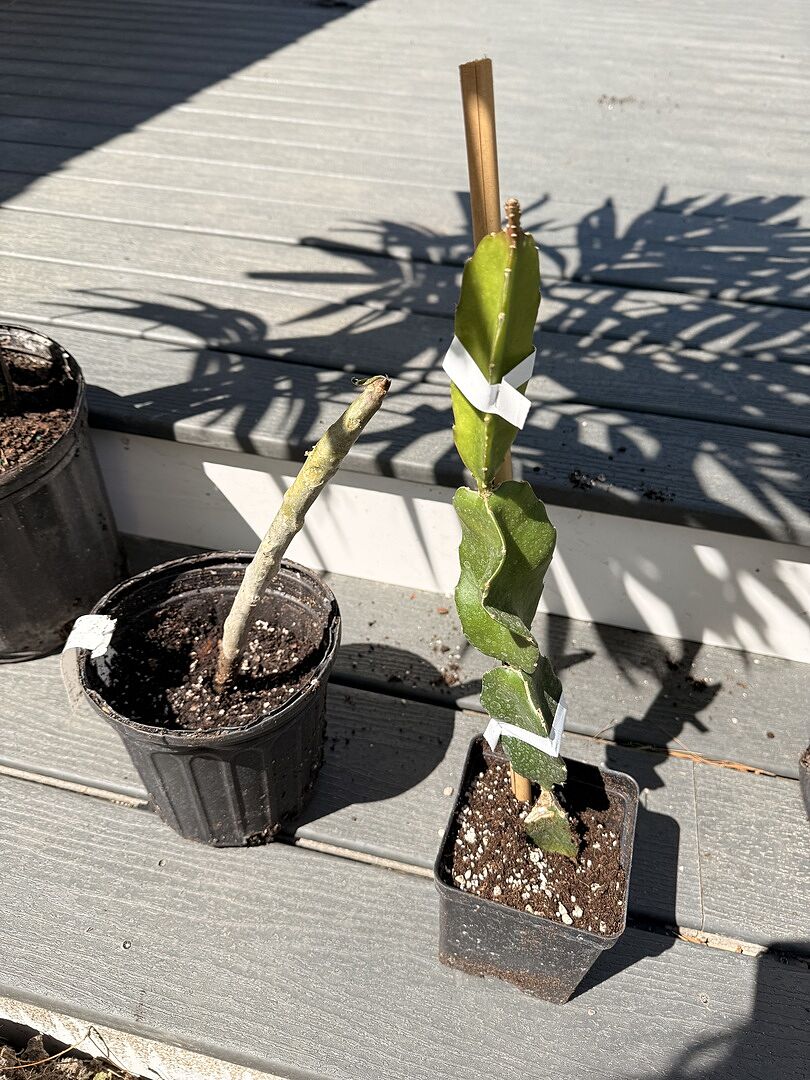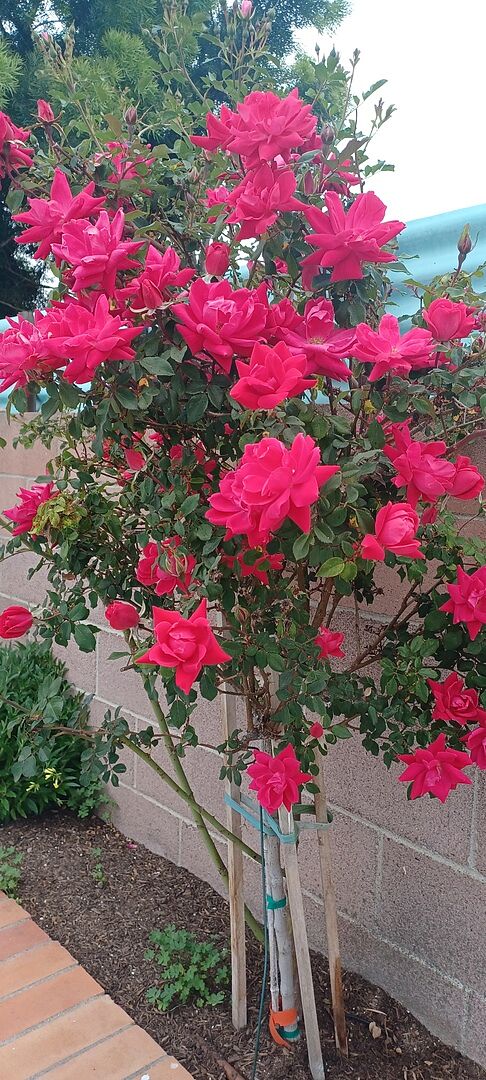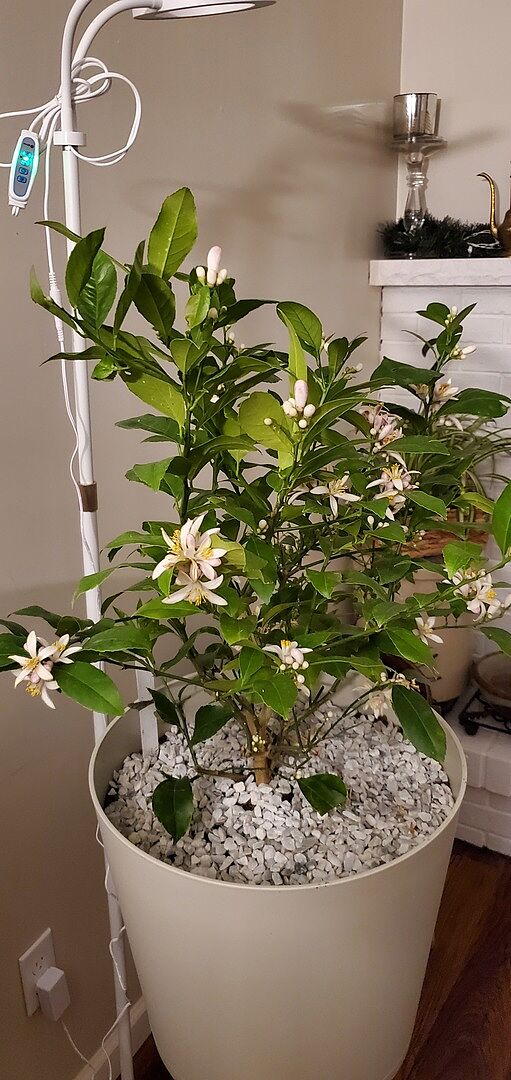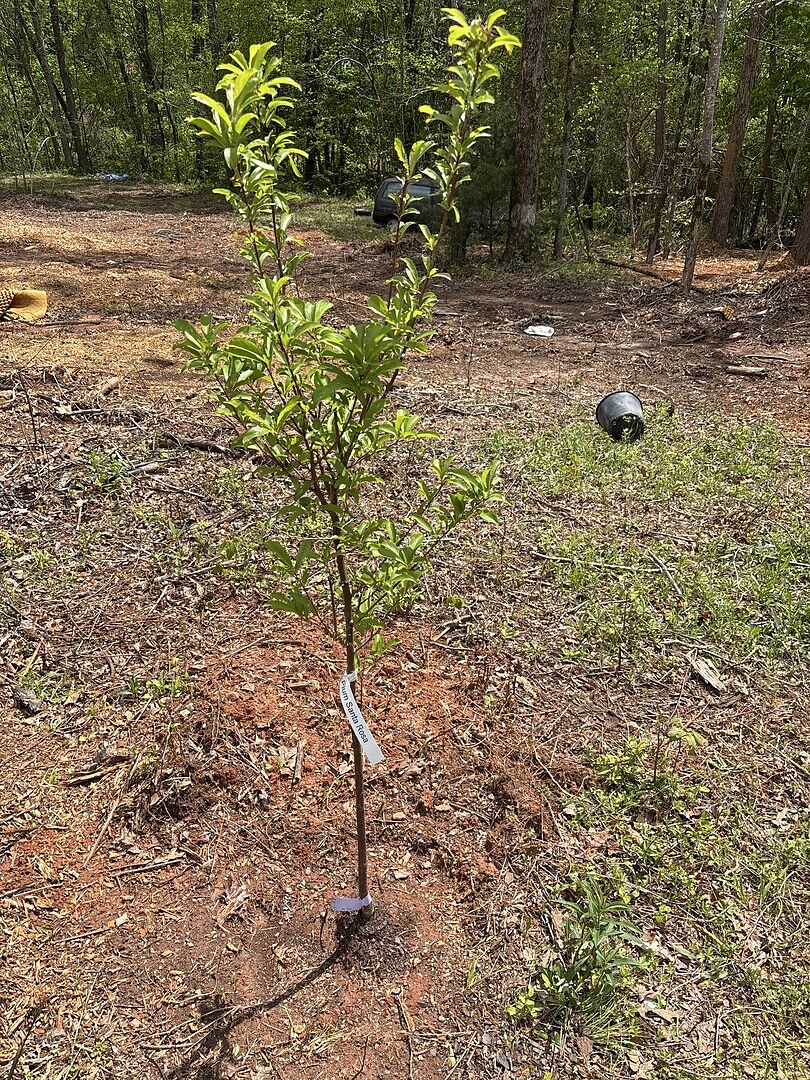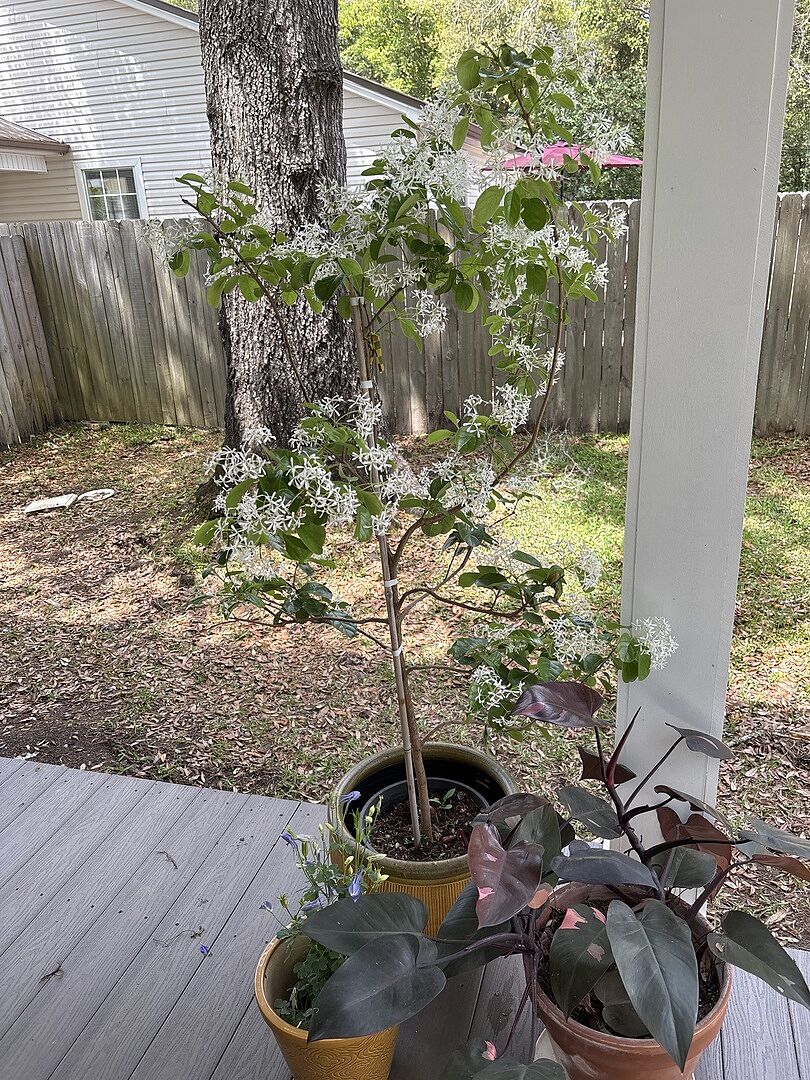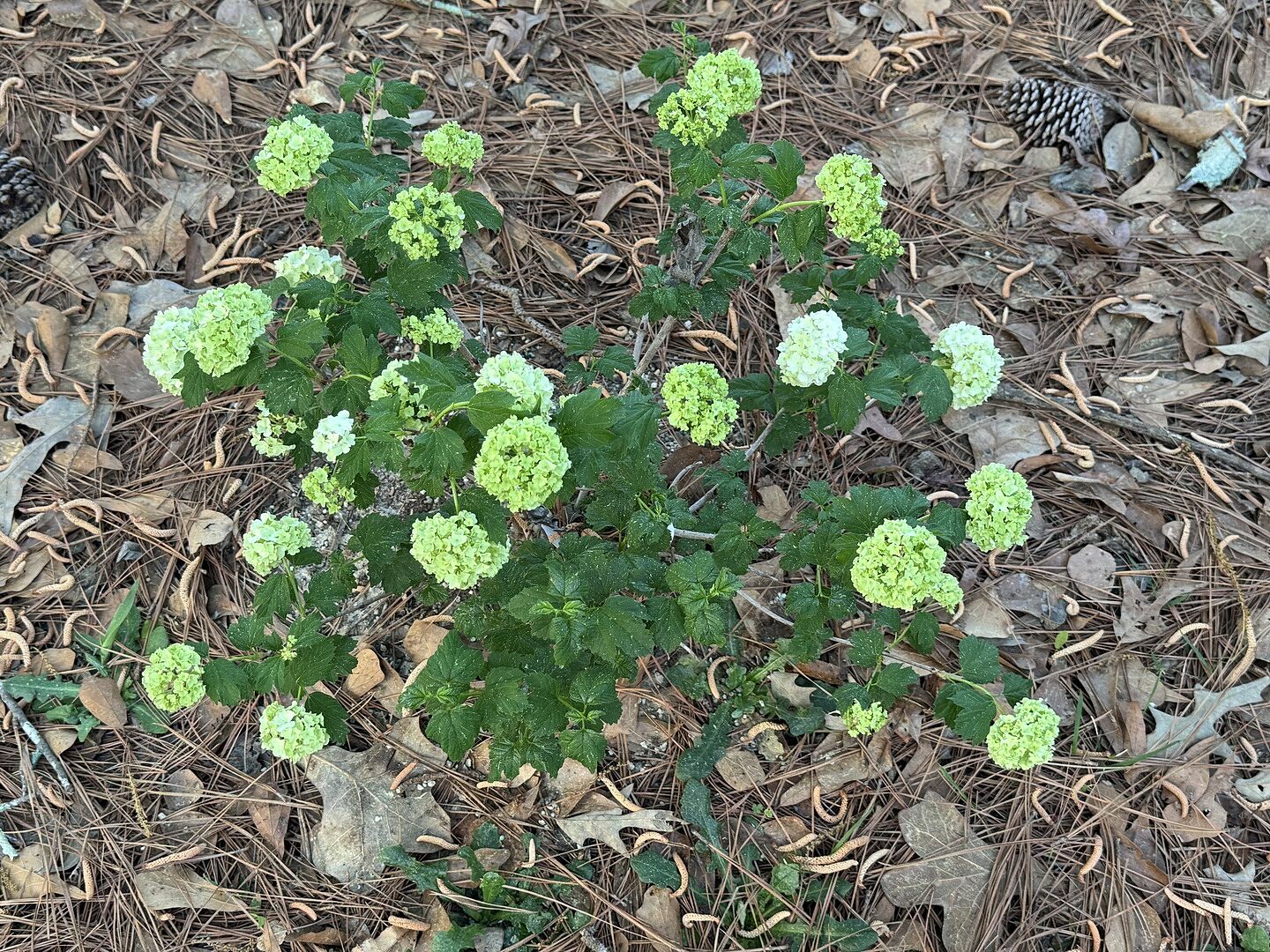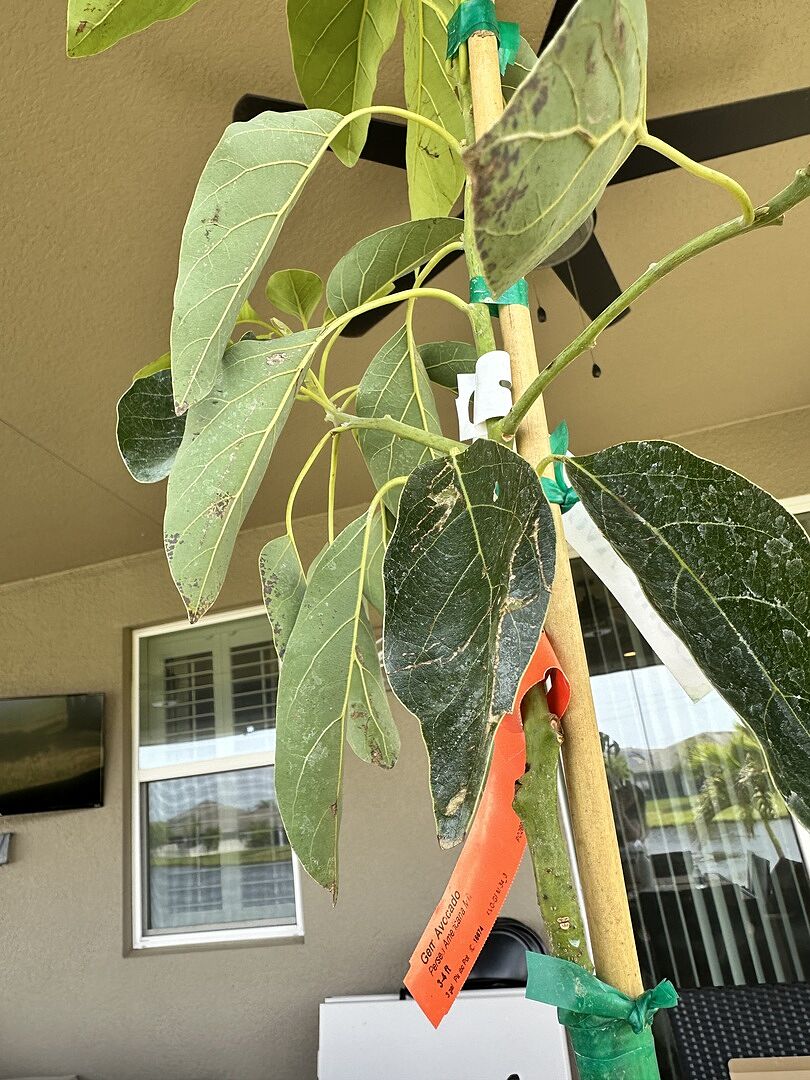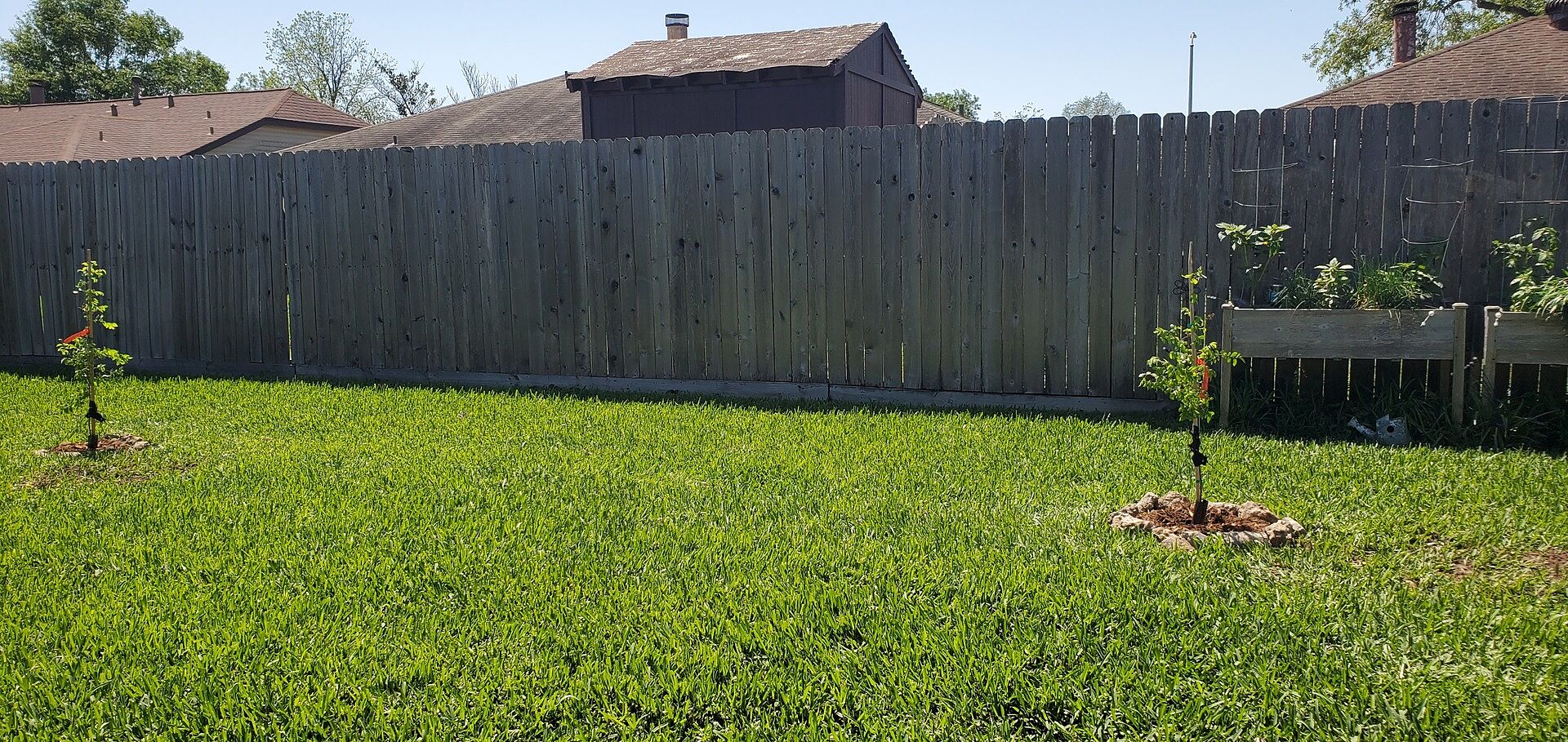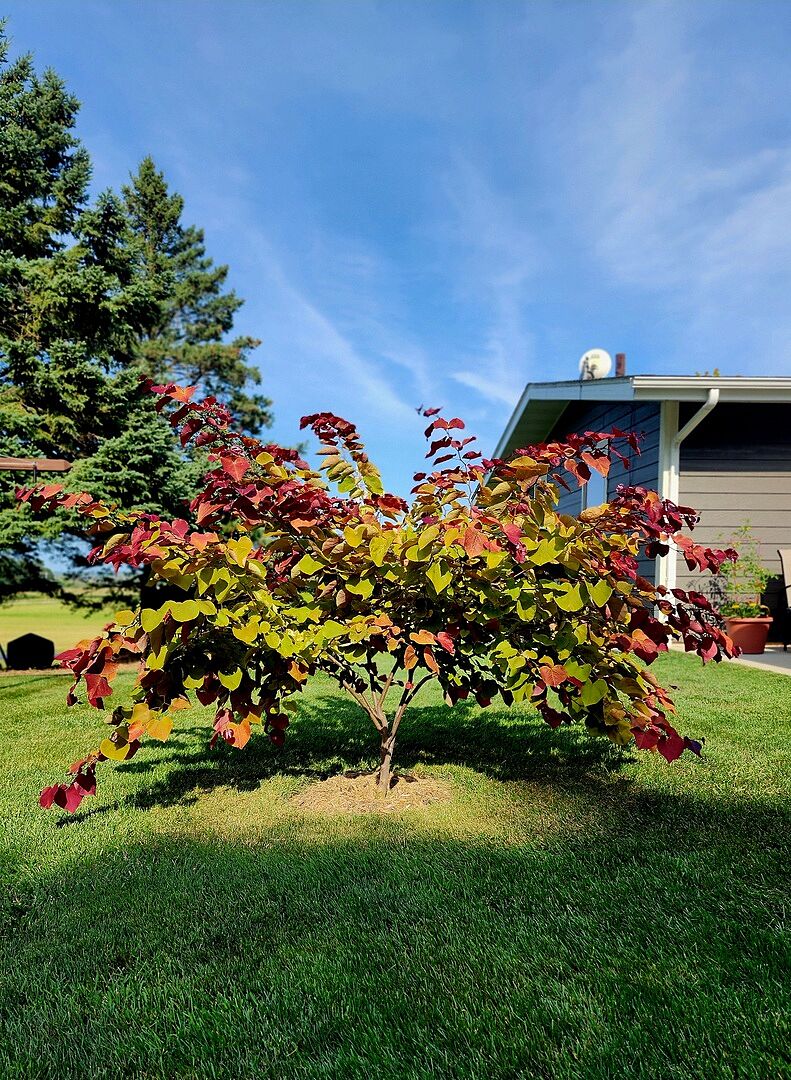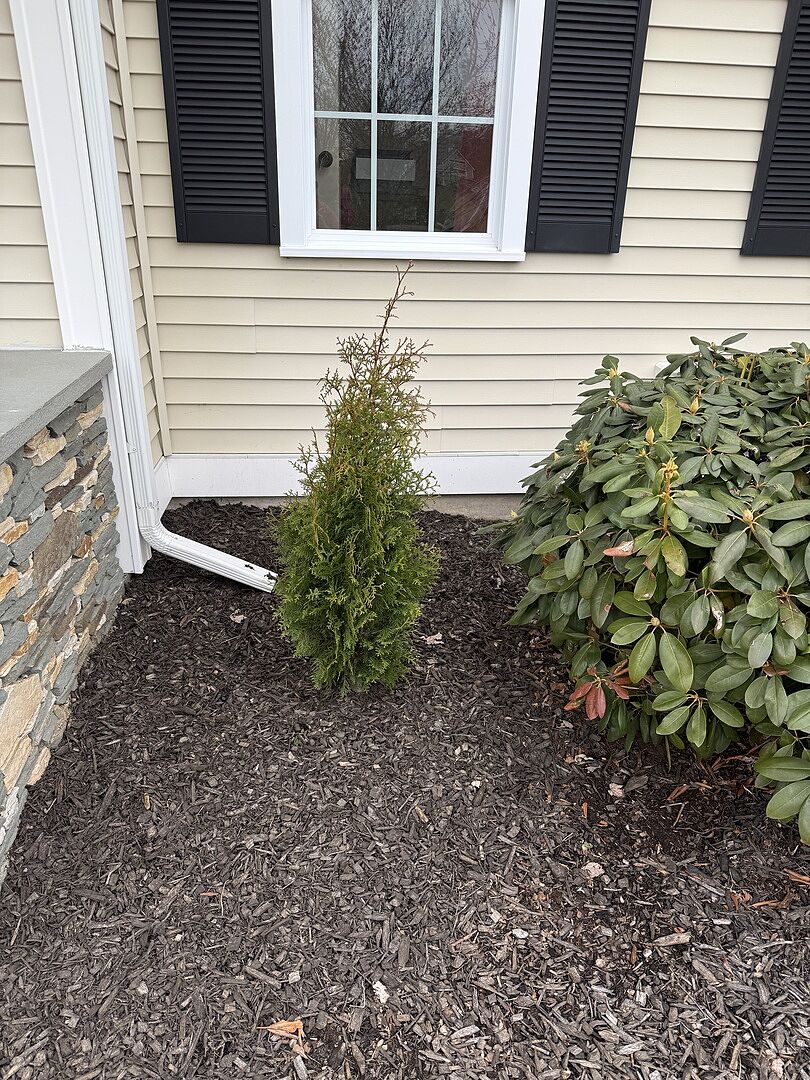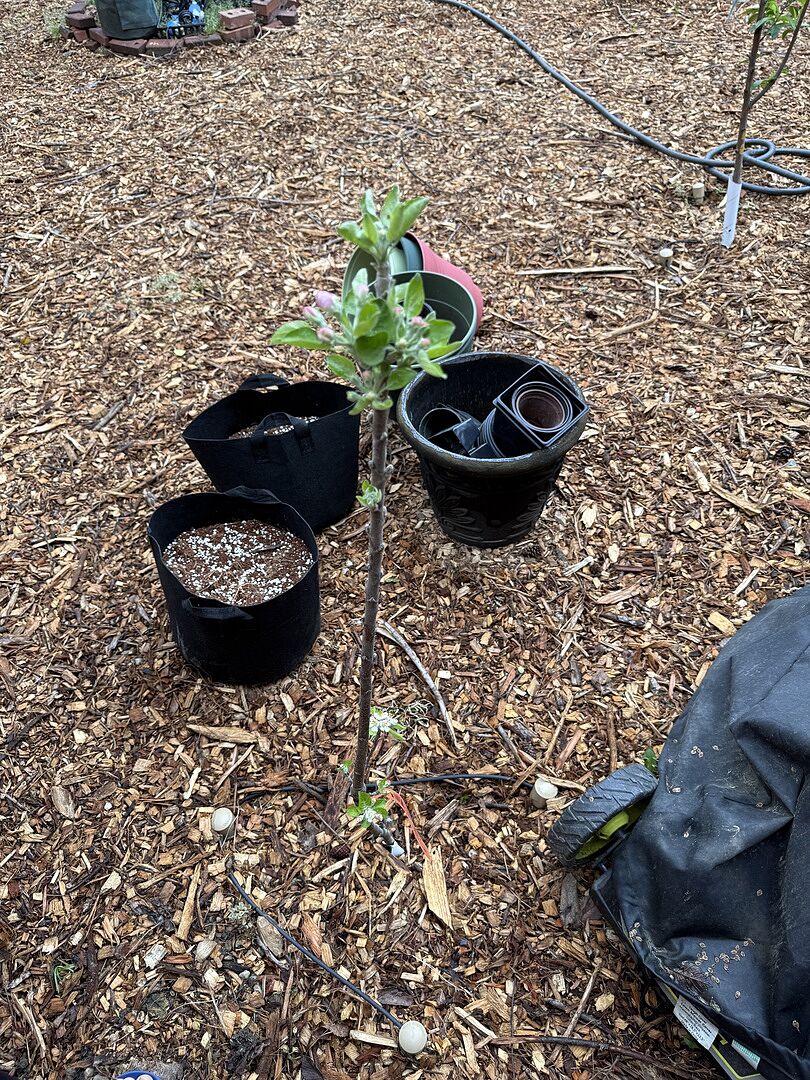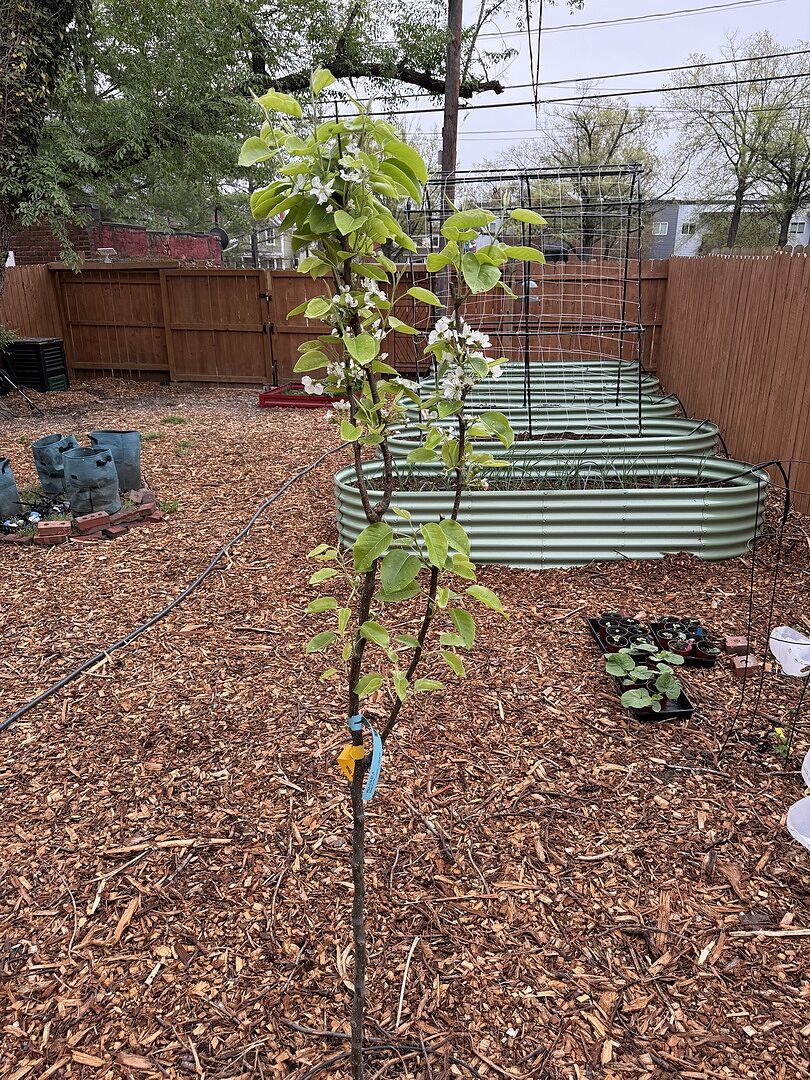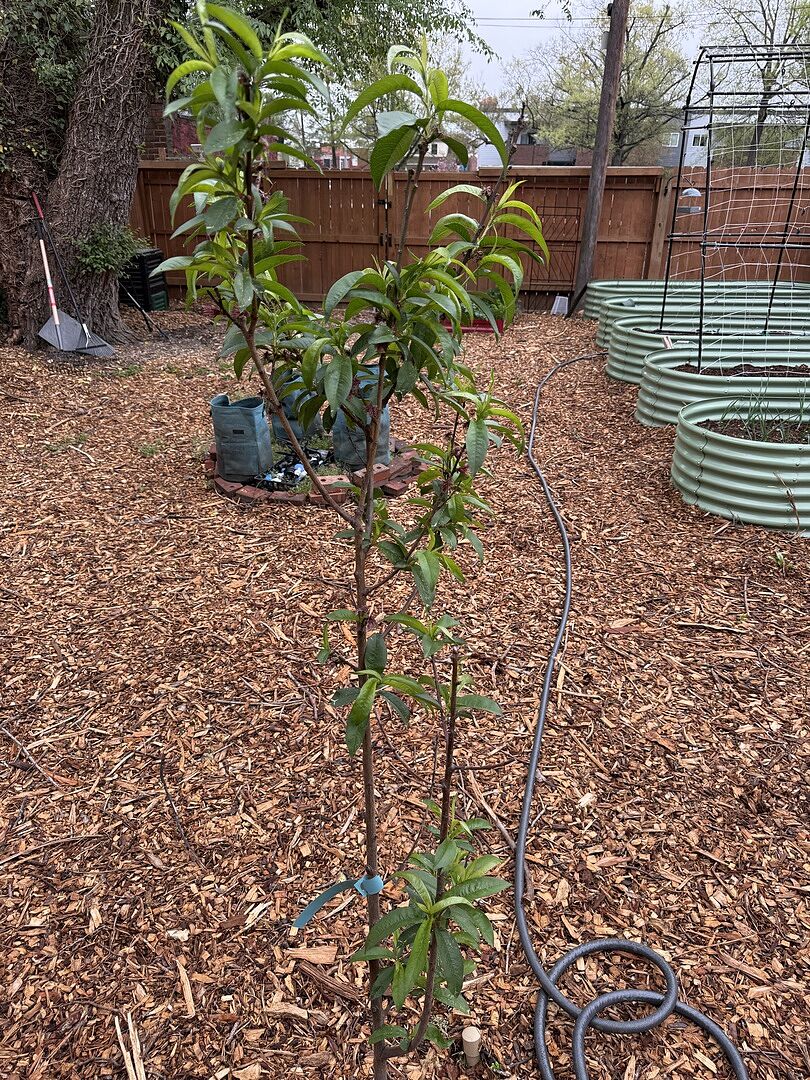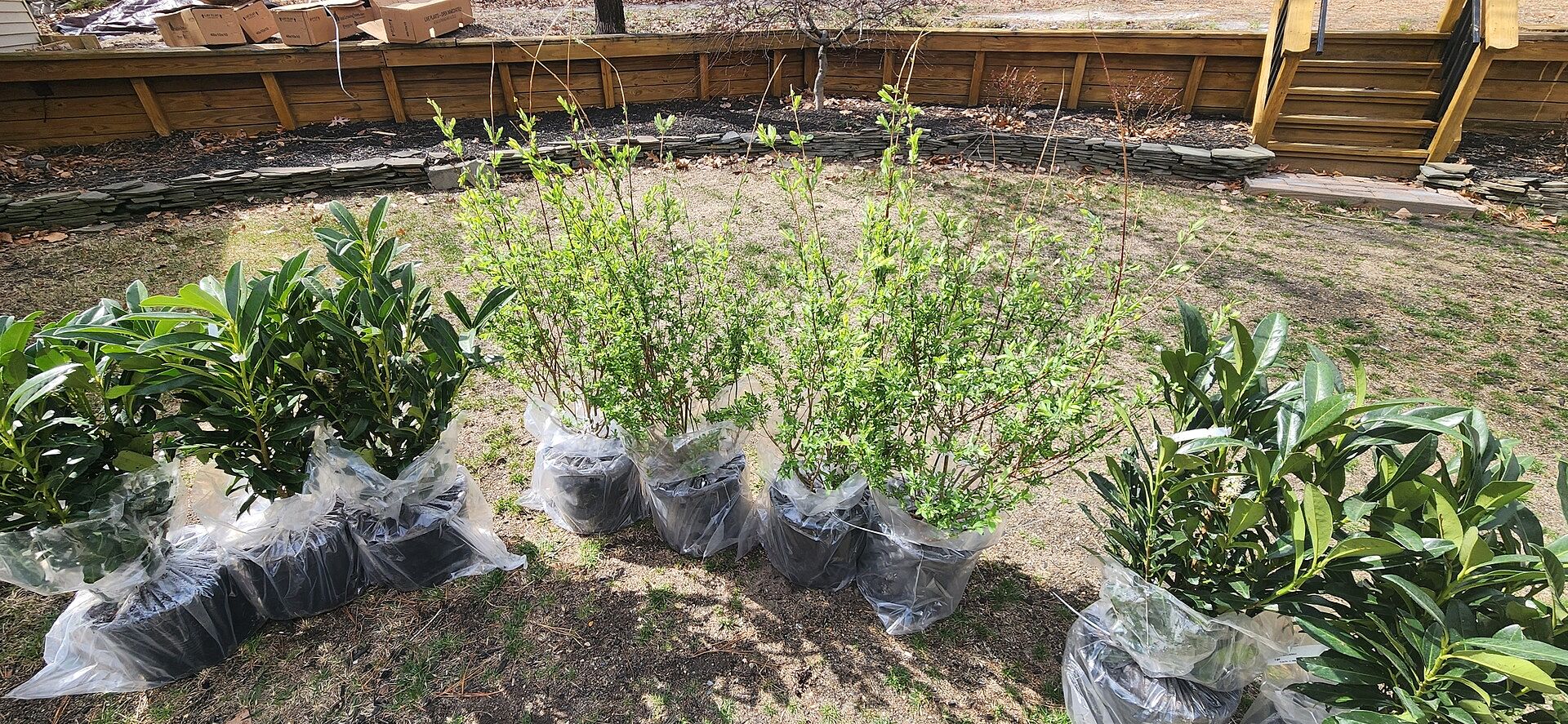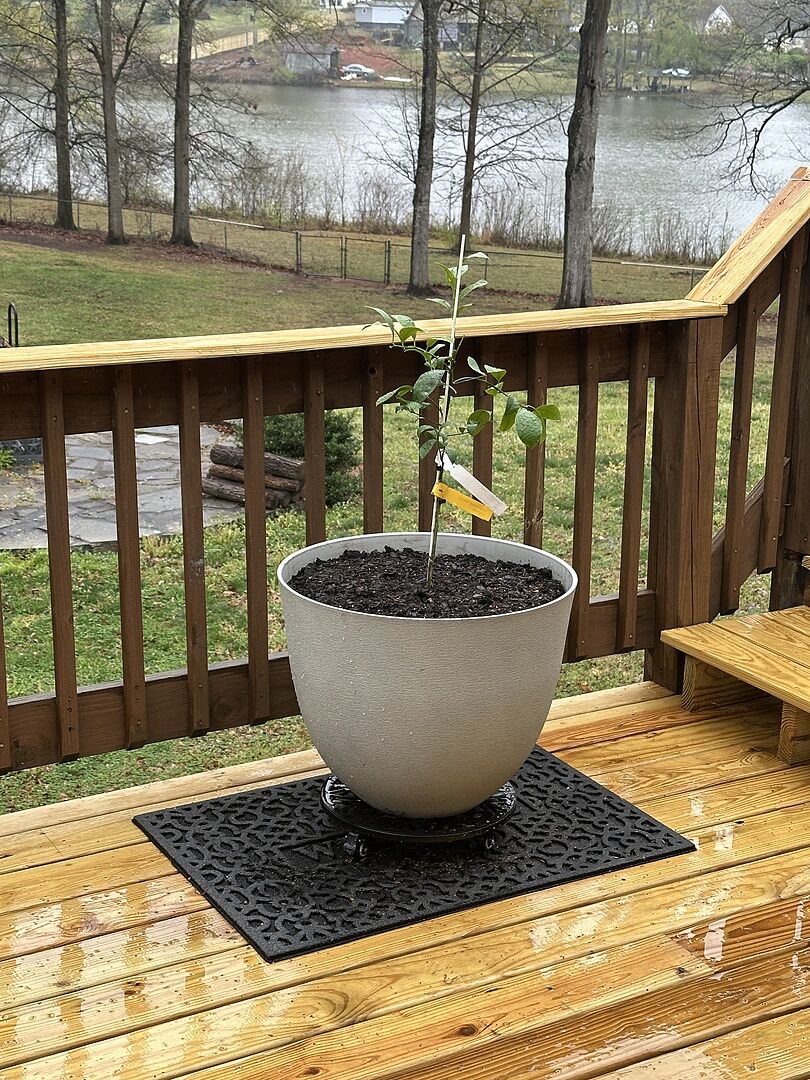Troubleshooting Common House Plant Issues

Last updated: Dec 01 2021

As a plant parent, it’s important to regularly monitor your varieties for any problems. In some cases - like a fungal infection or virus - one plant can contaminate another, so it’s important to keep an eye out for any potential issues.
Prevalent house plant problems include brown, yellow, or droopy leaves, root rot, fungus gnats, and more. We'll cover the most common house plant issues, how to identify them, and how to treat them, so read on to keep your plants happy and healthy!
Brown, Dry Leaves
There’s several possible causes for brown, dry leaves on your plant. Plants’ leaf tips might turn brown, or random brown spots might appear throughout. Additionally, entire leaves might turn brown and fall off of the plant.
How to Treat Brown Leaves
-
Brown tips: Reduce fertilizer or other products. Remove the top layer of soil (a quarter of an inch) if the case isn’t severe. If the salts have accumulated inside, leach your plant’s soil by deeply watering and allowing the container to freely drain. Water your plant normally, then pour water over the soil until it drips through the bottom. Any evidence of white, salty crust should disappear, and your plant can now absorb water normally.
Sometimes under-watering is the issue for house plants with browning leaves, so ensure your plants are well-watered. Use the Soil Moisture Tester to measure your plant’s moisture level, or try a humidifier to improve hot, dry air, which might be the culprit.
-
Brown leaves: Too much water or fertilizer is the most common cause of brown leaves. Another is not enough water. We know, it’s confusing, and really, your best strategy is to water on a schedule and record your plant’s preferences. The good news is that sometimes plants’ leaves turn brown naturally, so don’t worry if everything else seems normal.
- Brown spots on leaves: Fungal diseases or pests might be the issue here. Apply the appropriate treatment, and monitor regularly for changes.
Yellow Leaves on Plants
House plants with yellowing leaves are so common that you’ve probably faced this issue. You might witness leaf tips yellowing, irregular spots appearing, or entire leaves yellowing. The leaves turn brown, then fall off. Some yellowing here and there is completely normal, but if you notice sudden yellowing or yellowing of new growth, then take a closer look at what might be the cause.

How to Treat Yellow Leaves
-
Yellow tips: Fungal diseases are a common cause. Most prevalent is anthracnose, which turns leaves yellow then brown. Cut off affected leaves and make sure the plant doesn’t sit in water or overly humid air. Apply a fungicide if widespread - this might be best if you have many plants near one another.
-
Yellow leaves: Overwatering could be the problem in this case. Make sure the soil dries completely (the top inch should be dry) in between waterings, and use the Soil Moisture Tester! If necessary, transfer plants to containers with drainage holes. Many house plants are also sensitive to temperature changes. Something trivial to us like moving the pot closer to a window or moving it in front of the AC can trigger a response. Avoid sudden changes, especially if your plant isn’t fully established yet.
-
Yellow spots: Spots may be fungus-caused. See our tips above for addressing yellow leaf tips. It’s also important to quarantine infected plants so that they don’t infect other plants.
- New growth yellowing: Nitrogen is a key element in foliage growth, so if new leaves are emerging yellow and not turning green, try fertilizing. Make sure to fertilize properly according to the product directions.
Leggy or Stretching Growth
If your plant is all leg and has no new growth, it might be yearning for sunlight. Plants might grow lop-sided with extremely long stems or stalks, giving an elongated appearance. This movement towards light is called phototropism and means that the plant needs more light! 
How to Treat Leggy, Stretching Growth
Make sure your plant is getting enough sunshine on all sides so it doesn’t grow unevenly. A good tip for container plants is to rotate the pot to equally disperse sunlight and avoid bending.
If your home is dark, grow lights can help. A broad spectrum LED grow light can be bought online or in stores and is an excellent affordable option.
Dropping or Wilting Leaves
When leaves drop or wilt, it’s the universal sign that something’s amiss. Leaves might wilt and gradually fall off. Other times, they fall off suddenly, leaving you to wonder what you did to deserve such heartbreak. You might also notice that changes in environment and season might make leaves droopy, as well.

How to Treat Dropping or Wilting Leaves
The reason for your house plant dropping leaves could be anything - frustrating, but not unsolvable! Below are some of the most common reasons.
-
Overwatering: Let your plant’s soil dry completely between watering. Don’t let your plant sit in water-filled saucers.
-
Under-watering: Water regularly. Set reminders if needed. If you’re not sure when to water, try using a water meter or your finger to feel if the soil is dry and needs moisture.
-
Pests or diseases: Remove infected parts and isolate your plant. Then, apply fungicide or pesticide.
-
Hot, dry temperatures: Mist your plant or let a humidifier run. Avoid running the heater for a long time without adding humidity, as this dries out your plants.
-
Draft or cold air: Your plant might be crying from stress if you’ve recently placed it next to a drafty window or the AC. Move it to a plant-friendly spot with a consistent temperature.
-
Repotting stress: Many plants don’t like change (even if it’s for the better), so their leaves can drop if they feel stressed. When repotting, do it as quickly as possible without disturbing the roots. Unless it’s root-bound, the most you should do is loosen the soil underneath. Water the plant after and place it in the same spot as before.
-
Over-fertilizing: Over-fertilizing can turn leaves yellow or brown. Leach your plant by deep soaking it, getting rid of extra nutrients in the soil.
- Root Bound: When a plant is root bound, the roots have nowhere to grow and don’t get enough water. Transfer your plant to a bigger container or trim its roots.
Remember that plants will need time to adjust for the issue to correct, so stay consistent, make one change at a time, and give your plant at least a week to acclimate.
Spotting Leaves
What does spotting look like? Spotting leaves range from small brown or yellow dots to large, yellow dots with halos. White spots or blanched leaves might also appear. Spotting leaves, no matter the color, might mean a sickly plant.

How to Treat Spotting Leaves
Identify any pests or fungi that might be hurting your plant. Cut off infected parts, isolate, and keep the leaves dry. Note that water spots occur when it sits too long on the plants’ leaves, so be careful when watering.
Plant with Holes in Leaves
When it’s not on your Monstera, holes in plant leaves are concerning. Holes are usually small with irregular shapes, occurring anywhere on the leaf.

How to Treat Holes in Leaves
Hot, dry air can cause holes in leaves. Use a humidifier if this is the case. Sometimes, holes in leaves occur before the leaf unfurls. In this case, there’s nothing wrong with your plant. It’s just a minor cosmetic imperfection.
For holes that look like bite marks, pests are likely the problem. Apply pesticides or neem oil or physically remove the pests from your plant.
Root Rot
What does root rot look like? If your plants' have root rot, the roots will turn brown or black, and the damage shows up above as yellow, brown, or spotted leaves, concentrating on the plant tips. Plants might droop and stems might turn black and brown with a sunken or wrinkled appearance. Root rot happens when plants are overwatered or if the soil doesn’t drain well. The roots become soggy and the entire plant can suffer from fungus.

How to Get Rid of Root Rot
If the root rot isn’t extensive, gently remove your plant from the soil and rinse off the dirt to clearly see the roots. With sanitized pruning shears, carefully cut off all infected parts. Healthy roots should appear white or off white and have a firm texture. Roots suffering will be withered, black, or brown and might have white dots on them.
After cleaning up the roots, dispose of all previous soil and sanitize your pot before replanting. Don't skip the sanitation step, as this is important for ensuring the fungus doesn’t return. Avoid overly wet soil in the future.
Fungus Gnats
Fungus gnats are leggy, blackish flies with transparent wings. Their whitish and black larvae are found on your plant’s soil. Plants’ leaves might turn yellow, stems might wilt, and growth might become stunted. Fungus gnats love moisture, warmth, and safety. Hence, they enjoy your plant’s topsoil where they lay their eggs.

How to Get Rid of Fungus Gnats
Because these gnats love moist soil, avoid overwatering. In the meantime, let the top few inches of soil dry out. Use yellow sticky traps to capture adult gnats so they don’t lay more eggs.
For more severe infestations, try repotting your plant, making sure to use a well draining soil mix. It’s also a good idea to isolate your plant from others, as gnats tend to spread from plant to plant.
For pesticides, try a human and animal safe biological pesticide called Bacillus thuringiensis var. Israelensis, available from various brands. Another option is a neem oil bath. The concentration varies by company, so read instructions carefully to see how much neem oil and how much water you’ll need to mix.
Spider Mites
Spider mites on plants are tiny brown, red, black, or white insects that eat the chlorophyll (green pigment) in leaves, creating unsightly brown spots and eventually dead foliage. You’ll know you have spider mites from the webbing towards the tips of your branches. Check for yellow or white spots on leaves or leaf edges to confirm that spider mites are there. They’re small and may look like specks in the webbing. A closer look will show eight legs on an oblong body, and their off-white eggs are round.

How to Get Rid of Spider Mites
Bathe your plant by watering its leaves thoroughly. Take a wet paper towel and wipe off the leaves on top and below to remove webbing, mites and eggs. You can also use neem oil insecticide or insecticide soap treatments for larger infestations.
Mealybugs
Mealybugs are whitish insects that resemble little fuzzy pieces of cotton that like to collect under plants’ leaves or stems. Mealybugs feed on plants and inhibit growth. Monitor plants’ leaves for the tell-tale white fuzzy spots. Another sign of mealybugs is sooty mold, which is a bacteria that grows on the honeydew (the plant’s sugars leaking from mealybug activity). Plants might grow black sooty mold, which shows up on top of the leaf.

How to Get Rid of Mealybugs
Eliminate mealybugs using rubbing alcohol and water. Apply alcohol to a cloth or cotton ball and wipe the leaves, targeting the white fuzzy areas. The alcohol will kill the bugs on contact. Isolate your plant until the bugs are gone for good, then rinse off the leaves for good measure. Since mealybugs are small, continue to monitor for the next couple of weeks to make sure none are hiding.
Powdery Mildew
Powdery mildew is a disease that enjoys warm, humid, stale air. Plants’ leaves will become covered in white, splotchy marks. Leaves might turn yellow and fall off. Stunted growth, weak stems, and poor flower production are common symptoms.

Powdery Mildew Treatment
Remove infected parts using a sharp pair of pruners, sanitizing with rubbing alcohol between cuts to prevent the spread. Make sure your plant is getting enough sunlight and increase air circulation indoors. If necessary, use a fungicide.
Caring for plants can be challenging, but many house plants are easygoing with the proper attention and growing conditions. And now that you’re armed with our tips and tricks and know the most common issues to look for, keeping your house plants healthy is a breeze!
Looking for more house plants to add to your collection? Shop our wide selection of eye-catching and versatile House Plants!

Written by
Sarah Logie
As Content Strategist at FastGrowingTrees.com, Sarah is smitten with words and a fanatic for flowers, particularly cut florals and house plants. With a love for curating compelling content, she also enjoys furthering her plant knowledge along the way! A few of her favorite flowers include hibiscus, hydrangeas, peonies and dahlias.
Sarah’s fondness for plants was cultivated through many childhood trips to Longwood Gardens in southeastern Pennsylvania, as well as through her first job out of college at a floral event design company. In her free time, catch her snapping photos of anything and everything, day-dreaming about interior decor, and enjoying the outdoors any chance she gets.
Featured Product

Golden Pothos
61 reviewsStarting at $29.95













